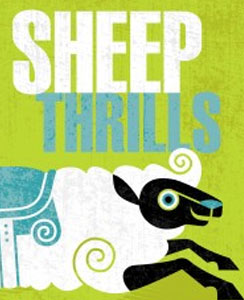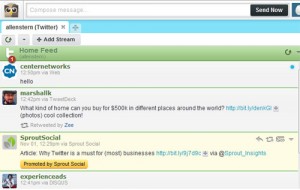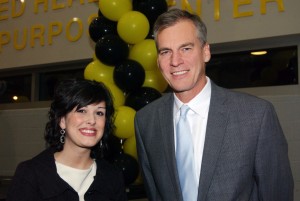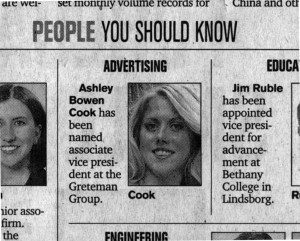Have you checked out Google’s predictions on the future of online advertising? Fascinating insights. Here are a few from its crystal ball.
Video
Google prediction: 50% of online ads will include video by 2015.
Video is the future of online advertising. In fact, 24 hours of video is uploaded to YouTube every minute. It gives users choice and control, and online users demand that.
For advertisers, video presents the opportunity for a very effective measurement tool: per-view advertising. Instead of cost-per-click or cost-per-impression charges, the advertiser only pays if a user views its video. People are engaged and want to see these videos, which in turn offers a viral marketing opportunity.
Banner Ads
Google prediction: 50% of all display ads target to a particular audience using real time advertising by 2015.
In the future, the context of an online ad’s video, text, image, and tone of message can be selected based on previous sites visited, weather, time of day, etc., instead of using one-size-fits-all creative.
Let’s say you’ve recently Googled SUVs and shopped online for women’s shoes. And right now it happens to be snowing in your area. You come to a site and see an SUV ad targeted to women, talking about its great performance in winter driving conditions. In other words, targeted to you, based on your online behavior and your location.
Mobile
Google prediction: Mobile is the #1 screen by 2015.
Mobile is the future of digital and we must now design for mobile first.
We already can search the web using Google Goggles with our smartphones. In the future, Google Goggles will recognize print advertising. Mobile users will use their Google Goggles to take a photo of a print ad, the goggles will recognize it as a print ad, and within a click, the user can pull up the ad’s website/offer online. This is called media bridging — using tools such as Google Goggles to bridge the offline and online worlds.
Google is also experimenting with the ability to use Google Goggles to create a 3-D image of a photo (such as a photo of a specific car model in a magazine), allowing the user to interact with the image and pull up more information online using only the Google Goggles image as the search method.
Online Measurement
Google prediction: At least five new metrics more important than the click by 2015.
In 2010, the click is still the leader in online measurement. Within the next few years, several new methods for online measurement will come to the frontline. Some of these already exist:
1. Video views
2. Interacting/engagement (social advertising)
3. View through conversions
4. Web search results
5. Sentiment analysis (how sentiment changes as a result of display efforts)
6. Foot traffic (ability to measure foot traffic and sales as a result of online ads)
Social Advertising
Google prediction: 75% of ads will be social enabled by 2015.
Users will be able to share, comment on, provide feedback, etc. ads. This allows display advertising to move from a one-way communication channel between the brand and consumer to an always-on two-way communication channel.
Rich Media
Google prediction: 50% of display ads will feature rich media by 2015.
Only 6% of ads that ran over the past year featured rich media, but it outperforms static, which is quickly becoming a thing of the past. Combined with the above-mentioned tools, it creates a rich user experience and provides opportunities for brand and social engagement like never before.
The Future Google’s final prediction: The display advertising industry will be a $50 billion market by 2015.
As Google says, we’re still in the early days of online advertising. Stay tuned. You ain’t seen nothin’ yet.




